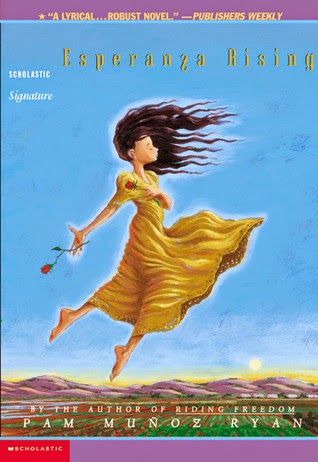I’ve hit another streak of truly terrible books, so
there was only one I liked this month. The review is mine. The summary and
cover come from Goodreads.
I Know This Much Is True – Wally Lamb
On the afternoon of October 12, 1990, my twin brother, Thomas, entered the Three Rivers, Connecticut, public library, retreated to one of the rear study carrels, and prayed to God the sacrifice he was about to commit would be deemed acceptable. . . .
One of the most acclaimed novels of our time, Wally Lamb's I Know This Much Is True is a story of alienation and connection, devastation and renewal, at once joyous, heartbreaking, poignant, mystical, and powerfully, profoundly human.
|
Review: I
usually avoid family saga books because they're often
A. 1000 pages long B. Plotless C. Insufferably boring D. All of the above Because of my bias against these books, this one sat on my shelf for nearly a year before I picked it up. I shouldn't have waited so long to read it. I actually liked it a lot. Up until the last 300 pages, it was probably the most interesting family saga I've ever read. I know that a book is good when I start neglecting things in my life in order to spend more time reading it. I neglected a lot of stuff while reading this book. And, when I wasn't reading it, I was thinking about it. I Know This Much Is True tells the story of Dominick and his struggle to free his schizophrenic twin brother from a mental institution. All of the characters are amazingly well-developed and realistic. Dominick was the most intriguing for me. He's an ass, and I disliked him. For most of the story, he's an angry, homophobic bully. But, the weird thing is that I felt like I completely understood him. I think almost everyone who has siblings can relate to Dominick's love/hate relationship with his twin. It takes a very talented author to create characters this complex. I didn't know that I could stand reading a 900 page book about a character who I didn't like. If you don't enjoy depressing books, then you should avoid this one. I'm pretty sure that every bad thing that can happen to a human happens to someone in this story. There's murder, suicide, baby death, illness, rape, racism, homophobia, war, job loss, child abuse, animal abuse, spousal abuse, bullying, accidents, divorce, adultery, drug addiction, incest, poverty, sibling rivalry, abandonment, evil magic, curses, and probably some other things that I'm forgetting. There's so much trauma that I kind of became numb to it by the end. I just expected the worst to happen. (And the worst almost always did happen.) Even though it was depressing, I loved the gritty realism until I got to the last 300ish pages. Then the author lost me. The ending is slow and seems to drag on forever. I understood the point of Dominick reading his grandfather's history, but the history itself is boring. I was very tempted to skip over it. Finally, I thought the ending was wrapped up too neatly. I was grateful that the book had a happy ending, but everything worked out a little too conveniently. Even with all of my complaints, this is one of the best books that I've read in a long time. I'd recommend it to anyone who is interested in complex, unlikeable characters. |
~*~
All The Things = 15 Books
I’m Currently Reading Cults: Faith, Healing, and Coercion by Marc Galanter

















